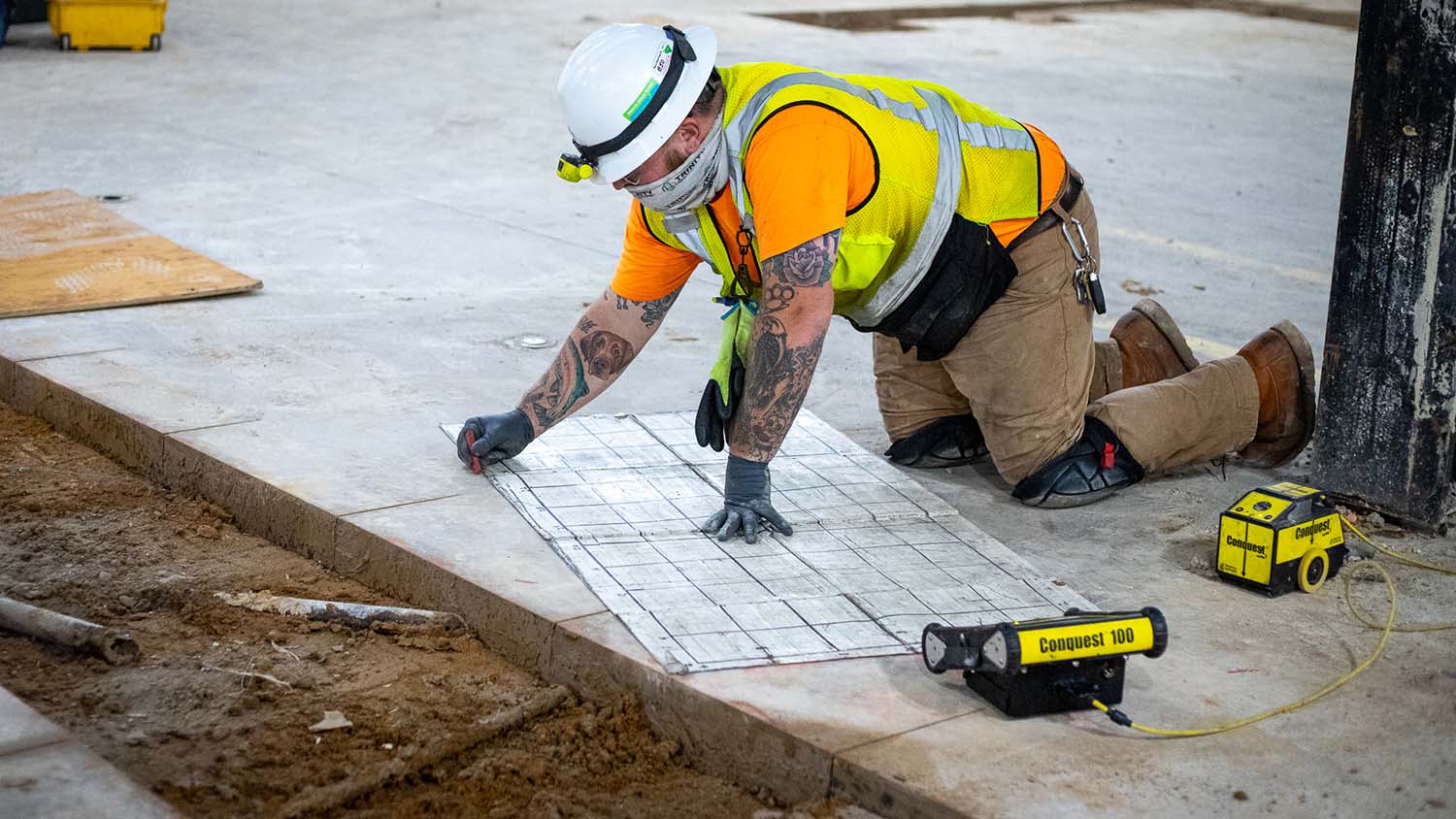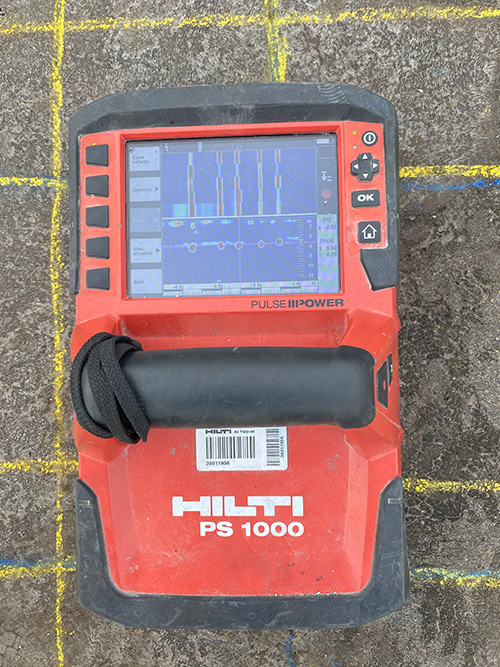Thorough Insights right into Concrete Scanning Procedures
Thorough Insights right into Concrete Scanning Procedures
Blog Article
Introduce the Transformative Power of Concrete Scanning in Maximizing Performance and Security
Concrete scanning has emerged as a critical tool in the building industry, using unrivaled benefits in improving job effectiveness and guaranteeing safety standards. The transformative power of concrete scanning lies in its ability to provide detailed understandings and real-time data, changing how tasks are intended and implemented.
Value of Concrete Scanning
Making sure the structural integrity and security of construction jobs starts with the vital step of conducting detailed concrete scanning. Concrete scanning is a non-destructive technique used to identify and map subsurface elements within concrete structures.
The value of concrete scanning can not be overstated, as it plays an essential duty in avoiding crashes, minimizing task hold-ups, and guaranteeing the long-term longevity of the building. By recognizing potential risks before the construction stage starts, contractors can execute appropriate safety measures and make notified choices pertaining to the design and implementation of the task. Furthermore, concrete scanning assists in enhancing task timelines and spending plan by preventing unforeseen expenses and delays that might occur due to unpredicted obstructions within the concrete. Ultimately, spending in comprehensive concrete scanning is a positive method that enhances both performance and safety and security in building jobs.
How Concrete Scanning Works
Concrete scanning runs as an important tool in building and construction jobs by using sophisticated modern technologies to spot and map subsurface components without causing structural damage. Ground Penetrating Radar (GPR) and Electromagnetic Induction (EMI) are two primary methods made use of in concrete scanning. GPR works by producing high-frequency radar pulses right into the surface area, which recover when they encounter subsurface items or voids. The moment considered the signal to return indicates the depth and area of the objects. EMI, on the various other hand, utilizes electromagnetic areas to recognize differences in material structures, such as determining rebar or avenues within concrete structures.
During the scanning procedure, the data collected is analyzed in real-time, allowing immediate identification of prospective risks or obstacles below the surface area. By employing these advanced technologies, concrete scanning dramatically minimizes the danger of pricey damages and injuries on building websites.
Advantages of Concrete Scanning
One of the main advantages of concrete scanning is the capability to spot and situate embedded things such as rebar, post-tension wires, and conduits precisely. Concrete scanning helps in planning and developing much more efficiently, as it offers precise info regarding the area and deepness of structural components.

Study: Concrete Scanning Success

In one more situation, a building and construction business utilized 3D concrete scanning to analyze the problem of maturing concrete frameworks in a historic structure. The detailed scans given important understandings into the level of damage and aided focus on upkeep initiatives effectively. By proactively attending to locations of worry identified with scanning, the business was able to expand the lifespan of the structure and make certain resident safety and security.
These study underscore the transformative power of concrete scanning in enhancing performance, accuracy, and security in construction projects.
Applying Concrete Scanning in Projects
Executing innovative scanning technologies during building jobs has actually become progressively important for enhancing precision and safety and security. By incorporating concrete scanning into task planning and execution, construction teams can recognize potential risks, such as rebar or post-tension wires, concealed within concrete structures. This proactive technique reduces the risk of crashes, delays, and pricey rework, inevitably leading to more reliable site web project timelines and budget plans.
To carry out concrete scanning efficiently, project supervisors must collaborate very closely with skilled scanning professionals to identify one of the most appropriate scanning methods for the details project needs. Engaging scanning professionals from the early phases of a project allows the team to produce comprehensive scanning plans additional info that resolve vital locations of worry and guarantee thorough data collection.
Moreover, integrating concrete scanning into normal job operations can enhance decision-making processes, as real-time scan information supplies immediate understandings right into the problem of concrete frameworks - Concrete Scanning. This data-driven technique promotes notified problem-solving and allows groups to make adjustments immediately, promoting a culture of effectiveness and security throughout the task lifecycle

Verdict
In verdict, concrete scanning plays an essential duty in improving performance and safety and security in construction tasks. By making use of sophisticated modern technology to find and map out underlying frameworks within concrete, this process helps to stop costly errors, make sure architectural honesty, and minimize threats on site. With the capability to discover covert components and give accurate data, concrete scanning shows to be a beneficial device for enhancing job end results and optimizing overall success.
Concrete scanning is a non-destructive approach used to detect and map subsurface components within concrete frameworks. Additionally, concrete scanning aids in optimizing task timelines and budget plan by staying clear of unanticipated prices and hold-ups that may emerge due to unpredicted obstructions within the concrete. One notable case study involves a large-scale renovation task where concrete scanning played an essential role in guaranteeing task success.In another situation, a construction company utilized 3D concrete scanning to examine the problem of maturing concrete frameworks in a historic structure. By integrating concrete scanning right into job go to my blog planning and execution, building groups can identify prospective dangers, such as rebar or post-tension wires, concealed within concrete structures.
Report this page